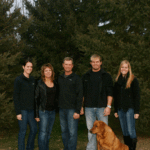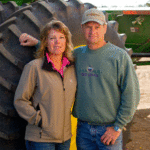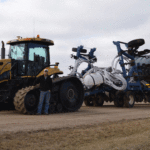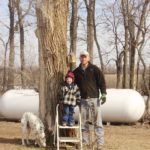I work in wildlife conservation and sportsmen’s advocacy, an arena about which I am truly passionate. Nevertheless, I occasionally have days when I wonder why I bother.
Frustrations in one form or another – whether setbacks in the political process or the challenges inherent in educating hunters and anglers about policy issues – can make you want to bang your head against the wall.
But some moments make it all worthwhile. Recently after a particularly difficult week at the office, I sought some much-needed “mountain therapy” in the backcountry of Wyoming near my home. I tackled a relatively long and challenging hiking trail, which ascended to about 8,000 feet before leveling out along a ridgeline and providing spectacular, uninterrupted views of the surrounding Rocky Mountains.
As I climbed through the timber, my mind still on my work, I noticed a mule deer buck bedded just below the tree line. I stopped and sat with him a while, occasionally making eye contact, and as he showed no sign of being nervous about my presence, I quietly pulled out my video camera.
Now, before anyone comments that this is just a boring video clip of a deer doing nothing, I challenge you to look a little closer. To me, this video represents everything I work for, summarized in one brief minute.
In this video I see a healthy, mature mule deer buck, who in June already is showing promise of becoming the kind of buck that wanders through any mountain hunter’s dreams. His habitat, while designated for multiple uses such as energy development as well as recreation, is scientifically managed for his needs and is neither over-grazed nor overrun with development. His range is not fragmented by unnecessary roads and has clean water plentiful enough to grow the forage that keeps him in good body condition. While pressure from predators exists, his aging face is evidence of the fact he has learned to co-exist with the wolf pack whose den is within three miles of this sunny hillside.
When I look at this video I see evidence of responsible, science-based management of our fish and wildlife. And that makes me want to get up another day and continue to fight all of the seemingly uphill battles sportsmen face here in the West, whether it’s irresponsible energy development, lack of funding or the political erosion of our backcountry.
I hope you will join me in this endeavor by signing up as a Western Sportsman Advocate.












Articulated very well, Neil. Hats off to you and all the rest who put in the tireless (and often thankless) work of advocating on behalf on hunters and anglers everywhere. It’s a good reminder, also, to get out and enjoy what is being fought for!
Thanks Scott, enjoy our wildlife and wild places!